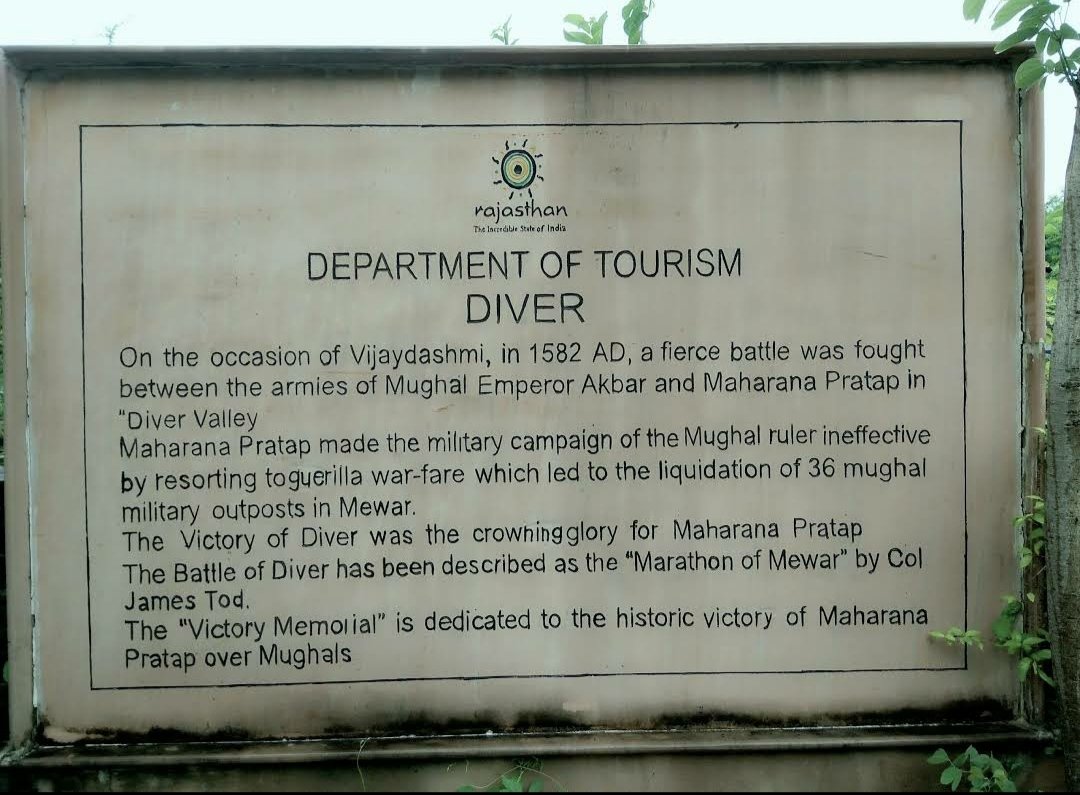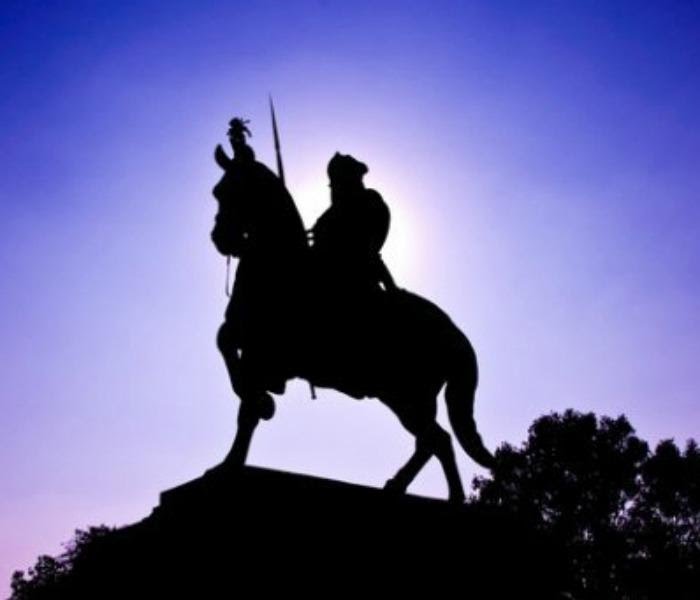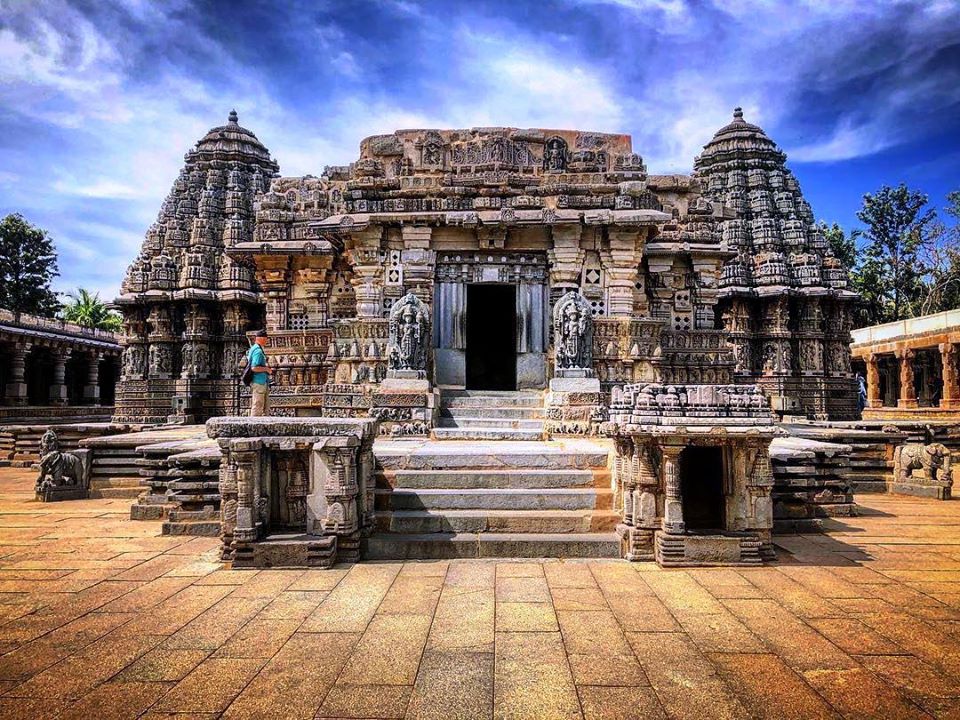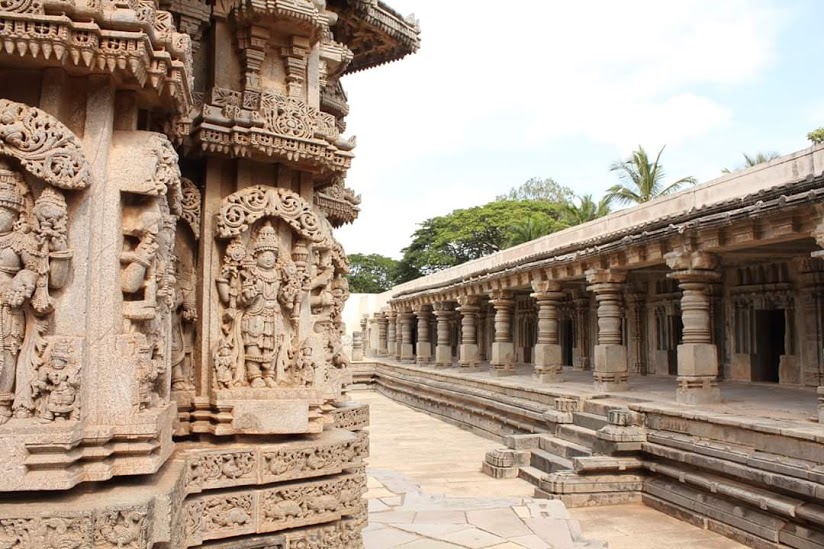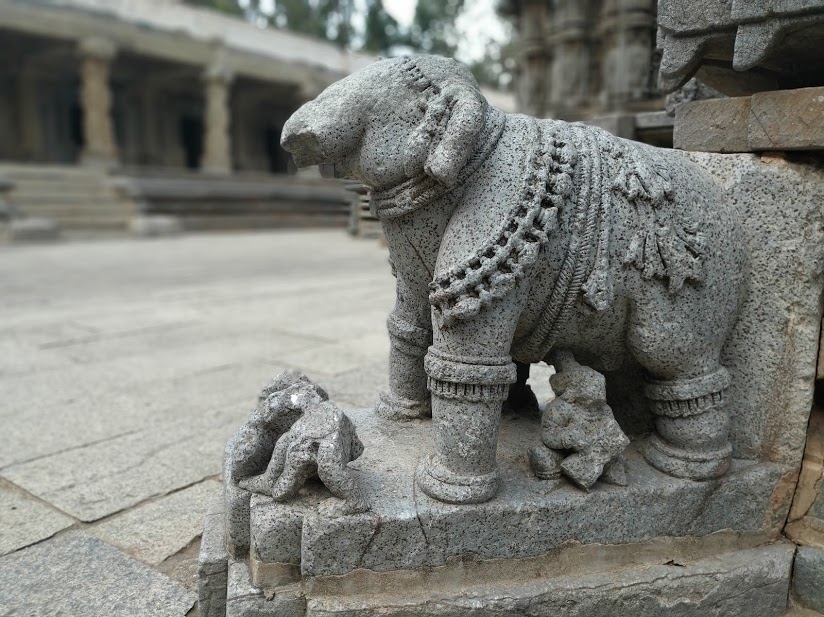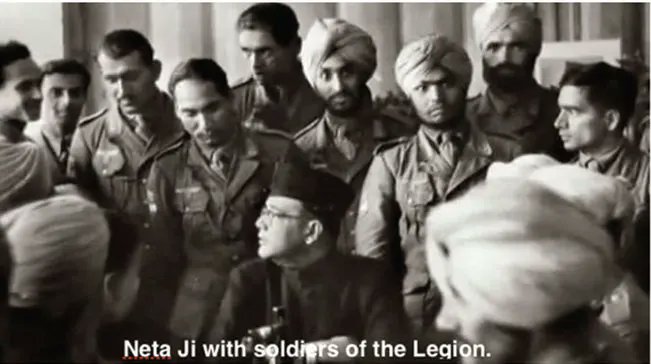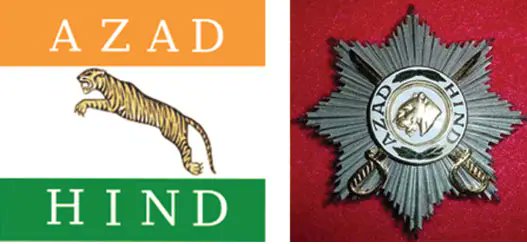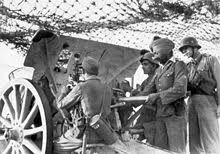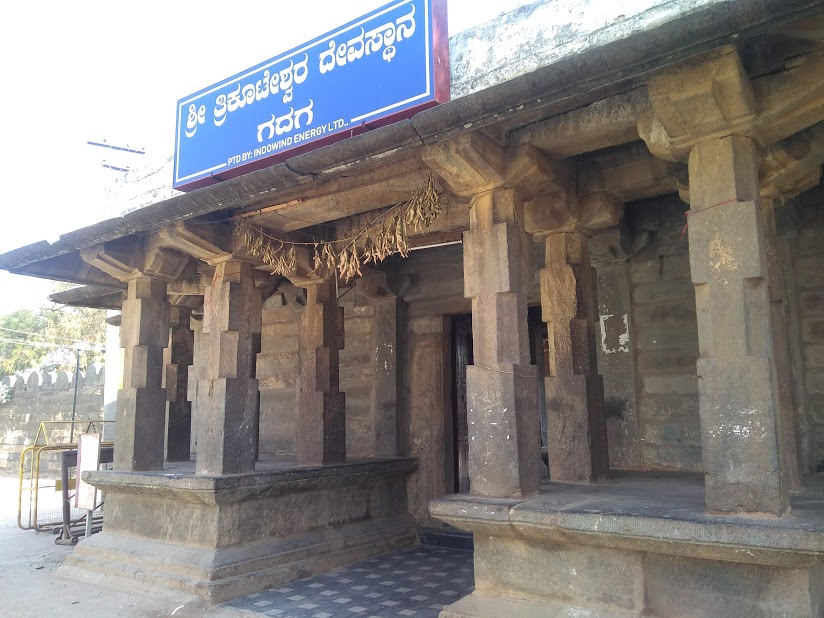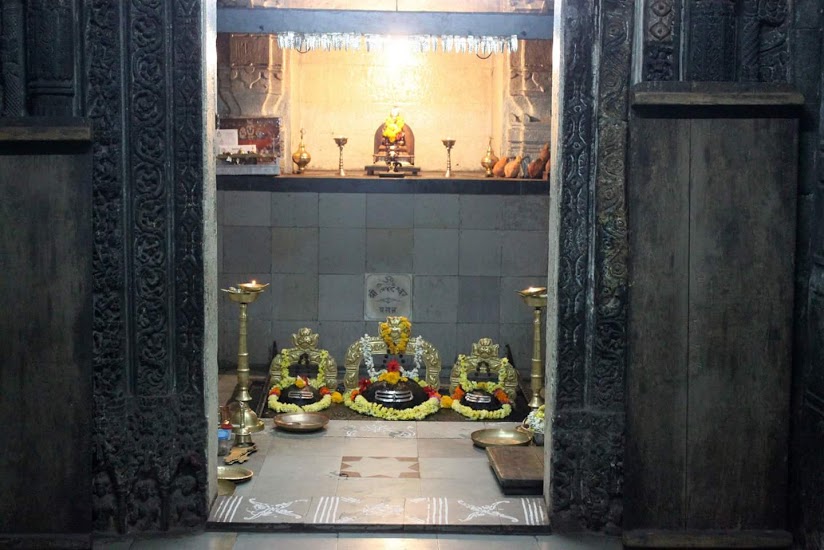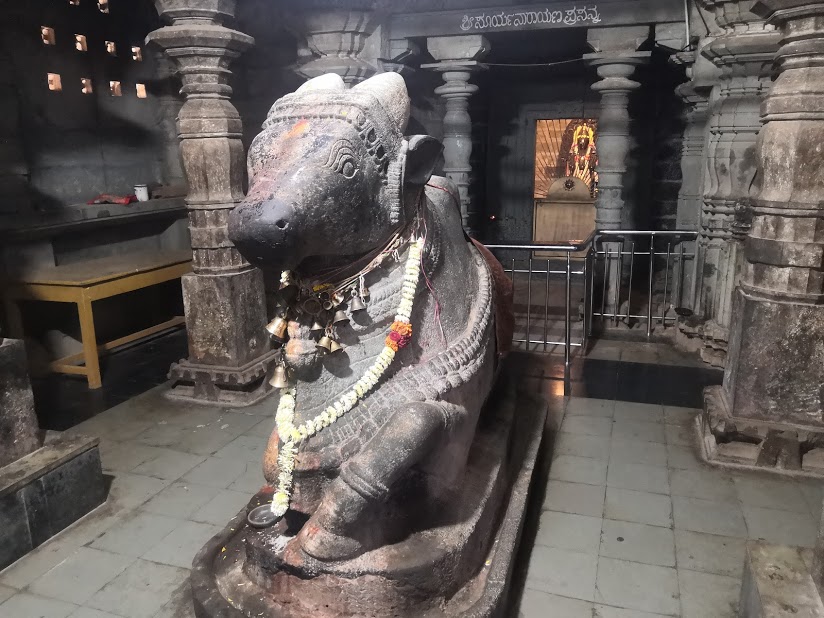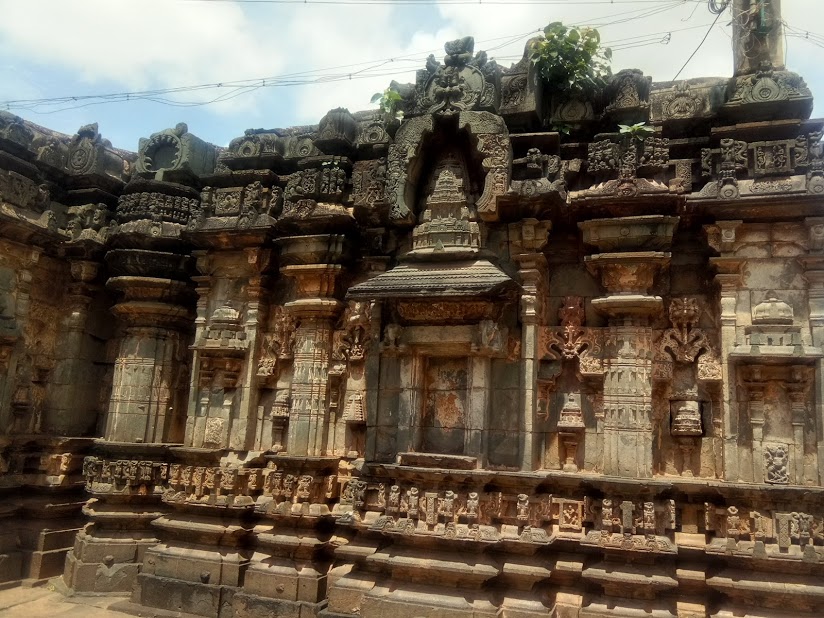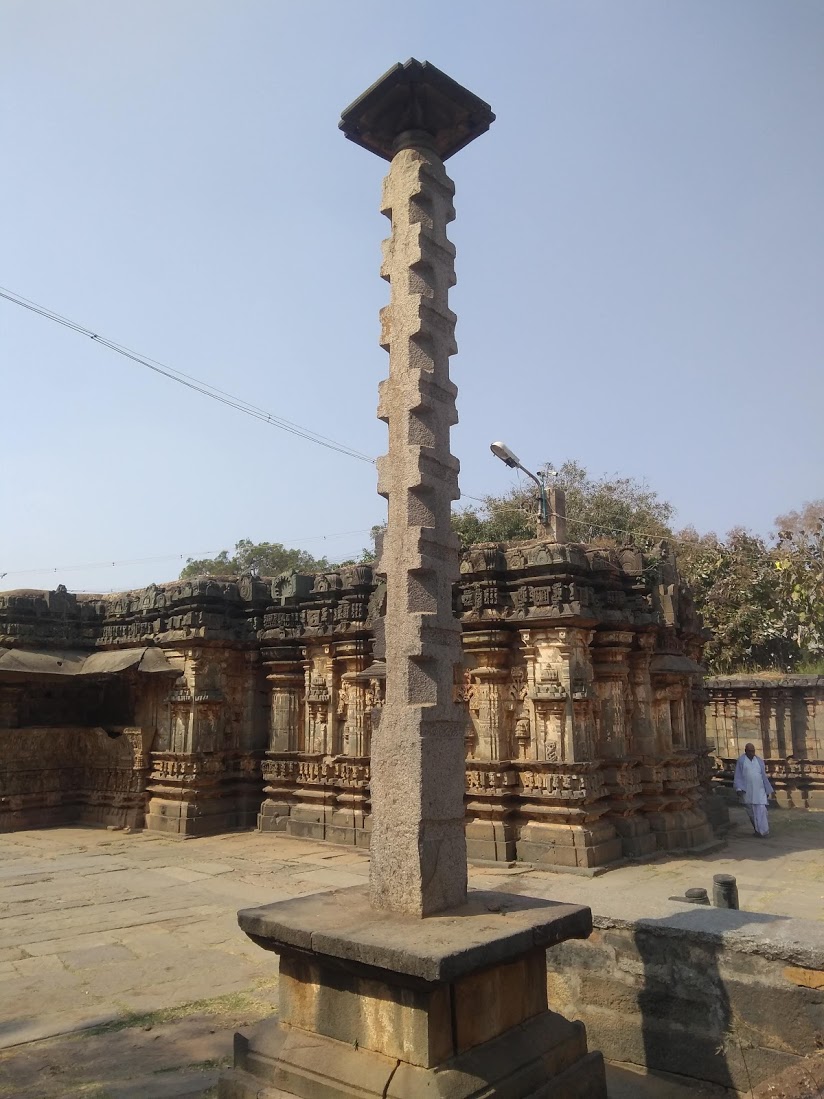
Marvels of Medical Science in Ancient India
ACHARYA SUSHRUTA and SUSHRUTA SAMHITA
Ancient Indians were pioneers in diverse fields of study and their genius was centuries ahead of their times. Feel the glory, basking in pride of their unparalleled achievements.
(Thread)
ACHARYA SUSHRUTA and SUSHRUTA SAMHITA
Ancient Indians were pioneers in diverse fields of study and their genius was centuries ahead of their times. Feel the glory, basking in pride of their unparalleled achievements.
(Thread)
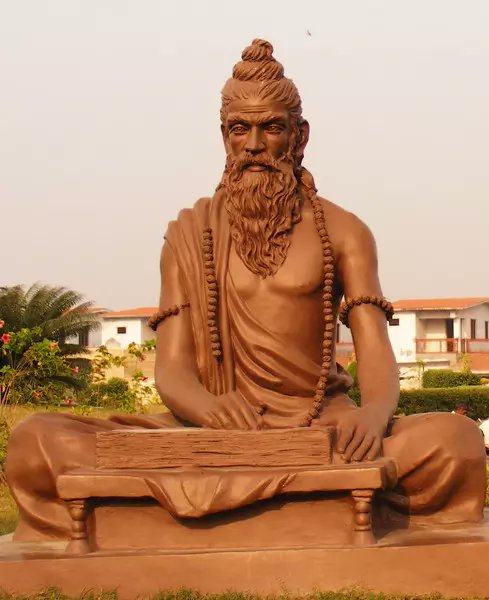
Sushruta (circa 7th or 6th century BC) was a surgeon who in present times is known as the “father of Indian medicine” and “father of plastic surgery” for inventing and developing surgical procedures. He lived in Kashi on the banks of river Ganga.(1)
His work documented in the Sushruta Samhita (compendium) is one of the oldest texts in the world on plastic surgery and regarded as one of the trilogies of Ayurveda. The other 2 being the Charaka Samhita and Astanga Hridaya.(2)
Sushruta compiled the Sushruta Samhita as an instruction manual for physicians to treat patients.(3)
The Samhita caters to surgical techniques listing over 300 surgical procedures and 120 surgical instruments. Additionally to 1,120 diseases, injuries and their treatments with over 700 medicinal herbs and their application.(4)
The present form of the compendium is believed to be the work of several physicians which succeeded Sushruta. Chapters were added on over a period of time. The original had 5 books and 120 chapters, which over time grew into 6 books and 186 chapters.(5) 
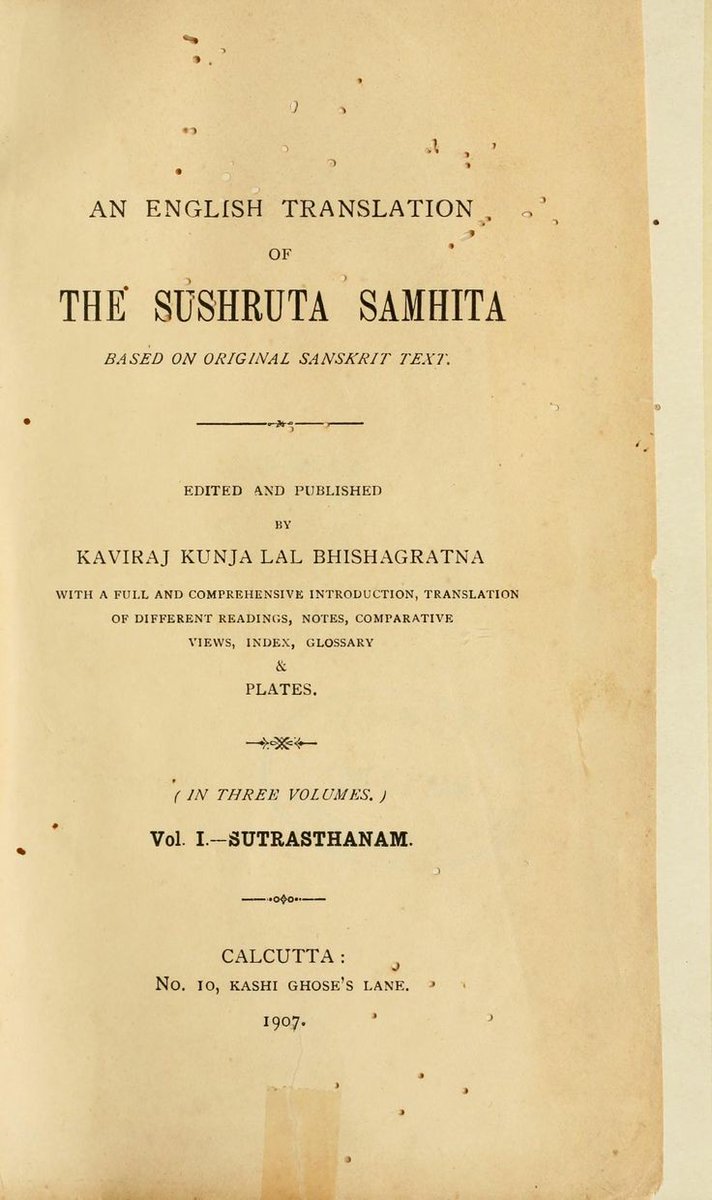
In a number of chapters throughout the book, medical conditions are described and treatments suggested which include details regarding how a surgeon should perform surgeries from start to finish.(6)
These techniques imply on a variety of conditions ranging from reconstruction of nose and cheek to treatment of wounds amongst many others.(7)
Sushruta developed advanced knowledge of the human body through dissection thereby understanding of human anatomy.(8) 
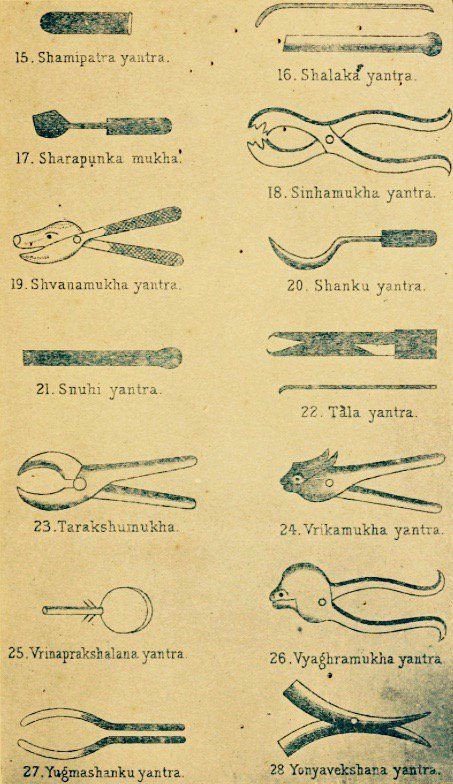
Sushruta’s view on healing is "an emphasis on the patient" and not just on the symptoms. A familiar concept in modern day.(9)
Physicians in current times construct medical history of a patient in addition to establishing trust and developing a belief on the success of treatment.(10)
These practices and policies are considered innovations in patient care in present times but Sushruta had already implemented them over 2,000 years ago.(11)
Sushruta attracted a number of disciples from far and wide. He would instruct them on surgical procedures by making them practice cutting on vegetables or dead animals to perfect surgical techniques.(12) 
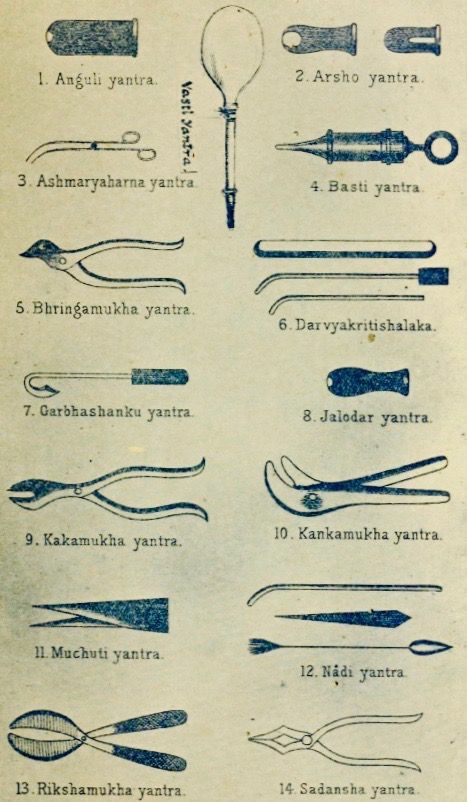
Although the practice of surgery was established since long in India by the time of Sushruta but in a less advanced form than what he practiced.(13)
Sushruta developed novel surgical techniques and most importantly invented the practice of cosmetic surgery especially rhinoplasty (reconstruction of the nose).(14) 

Rhinoplasty is performed to improve breathing through nose or the cosmetic look or both. Sushruta Samhita records a forehead flap rhinoplasty to reconstruct the nose using a flap of skin from the forehead.(15) 

Besides trauma involving general surgery, Sushruta gave an in depth account of the treatment of 12 types of fractures and 6 types of dislocation, some via prosthetics.(16)
He also mentioned the principles of postoperative physiotherapy. Amongst others, prescribing measures to induce growth of lost hair with removal of unwanted hair.(17)
One can also note sections on cataract removal, paediatrics, and midwifery. Sushruta is known to have carried out surgeries like cataract extraction and removal of urinary stones.(18) 

During the procedure, he advocated medicated wine for anaesthesia laying stress upon sterilising the operation theatre by fumigating it with fumes of mustard, butter and salt.(19)
He was one of the first people in medicine's history to suggest that a student of surgery should learn about the human body and its organs by dissecting a cadaver.(20)
Sushruta Samhita traveled from India to other parts of the world. During early 8th century, the text was translated into Arabic as ‘Kitab Shah Shun al-Hind’.(21) 

There are historical references of Sushruta Samhita in the court of king Yasovarman I (889-900 AD) of Cambodia as well as in the monasteries of Tibet.(22)
The first European translation of Sushruta Samhita was published by Hessler in Latin in the early 19th century. The first complete English translation was done by Kaviraj Kunja Lal in 3 volumes in 1907.(23)
Sushruta mentioned in his work that theory without practice is a one winged bird which is incapable of flight.(24) 

• • •
Missing some Tweet in this thread? You can try to
force a refresh


